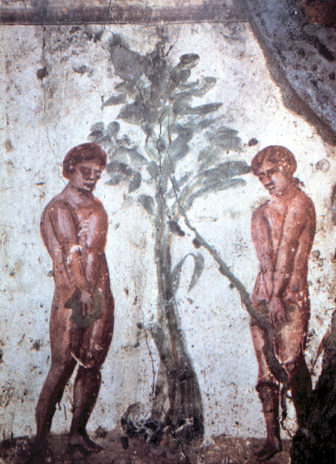In The Beginning . . .
In the beginning God created the heavens and the earth.
Except for John 3:16, this is probably the most well-known verse in the Bible, and it highlights a number of distinctives important for the rest of Scripture. Maybe the most significant, Genesis 1:1 establishes that the universe had a beginning that God caused.
If we were transported to the late 1800s, we would learn that the prevailing scientific picture of the universe was that it had always existed. Matter and energy moved around in absolute space and eternal time. Since that time, the development of Einstein’s general theory of relativity, the discovery of the expansion of the universe, and the formulation of various space-time theorems (even ones that apply to hypothetical multiverses), strong scientific evidence points to a beginning for the universe. Given that I expect God’s revelation in Scripture and creation to agree, this result is entirely unsurprising—even though unexpected by scientists.
In Genesis 1 the Hebrew term for created, bara, carries the connotation that God brought something entirely new (the universe) into being rather than rearranging some preexisting stuff. Christian scholars through the ages have taken this description, along with many other passages throughout Scripture, to develop the doctrine of creation ex nihilo. This point warrants mention because skeptics will often dismiss the Genesis creation account by claiming it is derived from the Ancient Near Eastern myth, the Enuma Elish (see here and here). For example, both describe the transformation of chaos and the deep into a place for humanity to reside.
However, Ken Keathley (see video below) from Southeastern Baptist Theological Seminary, articulates a more accurate view. Keathley notes that the author of Genesis—who I will assume is Moses—did a masterful job of contextualization. In other words, Moses allowed the audience to ask questions, used their grammar, but presented an answer that subverted the prevailing worldview. Specifically, where the deities of the Enuma Elish brought the heavens and earth into existence using the decapitated body of Tiamat, God brought the universe into existence out of nothing. Additionally, the Enuma Elish declares that humanity is created as slaves so the gods can rest. In contrast, the God of the Bible creates (bara, just like with the universe) humanity and then blesses us with dominion over the Earth and in fellowship with him.
Then God said, “Let us make mankind in our image, in our likeness, so that they may rule over the fish in the sea and the birds in the sky, over the livestock and all the wild animals, and over all the creatures that move along the ground.”
As described previously, Genesis 1:2 then moves the frame of reference from the universe to Earth’s surface and gives the initial conditions—formless, void, dark, and dominated by water. The rest of Genesis 1 (and all of Scripture for that matter) shows how time progresses in a linear fashion from that beginning. We take this for granted. However, many cultures throughout history thought time was circular, such that the events of creation were reactualized periodically. One recent example was the prediction of the end of the world by the Mayan calendar. Since the Mayans operated with a cyclical view of time, this generated quite a bit of concern among many people.
We take for granted that things begin, move linearly through time, and then end. This way of thinking so pervades the Western mindset that it is almost impossible to conceive of anyone thinking differently. This fact emphasizes one of Keathley’s main points. Moses’s contextualization was so effective that Moses is closer to our modern way of thinking than to his original audience. And that point separates the Bible from all the other Ancient Near Eastern myths.






